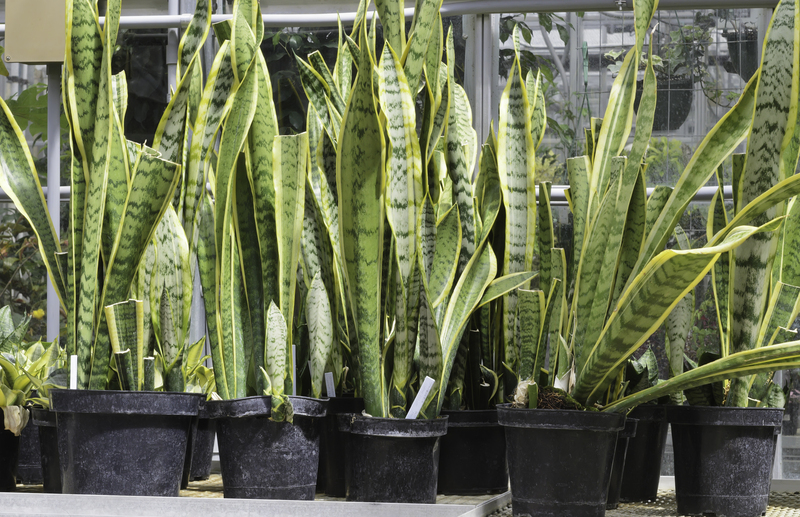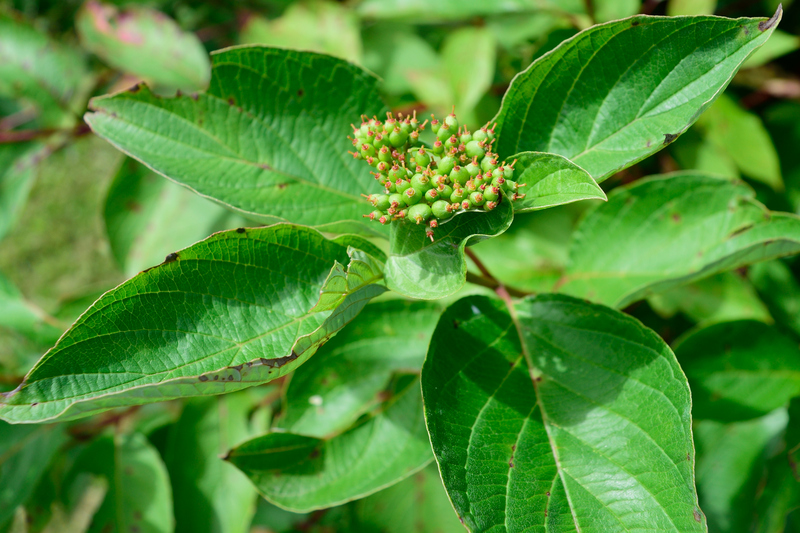The Art of Sculpting Shadows with Evergreen Climbers
Posted on 18/05/2025

The Art of Sculpting Shadows with Evergreen Climbers
Evergreen climbers are a captivating marvel in the realm of gardening and landscape architecture. They not only enhance the aesthetic appeal of a garden but also play a pivotal role in sculpting intricate patterns of shadows, adding depth and intrigue to your outdoor spaces. Understanding the art of utilizing these verdant climbers effectively can transform any ordinary garden into a sanctuary of elegance and tranquility.
What Are Evergreen Climbers?
Evergreen climbers are plants that retain their leaves throughout the year, offering a lush and vibrant green cover even in the dullest of winter months. This characteristic makes them particularly valuable for those who are looking to create a persistent backdrop or a living canvas in their gardens.
The Importance of Shadow Play in Gardens
Gardens are not merely about colors and shapes; they are also about light and shadow. The art of shadow sculpting, often overlooked, can significantly enhance the visual and sensory appeal of a garden. By skillfully utilizing evergreen climbers, you can create dramatic shadows that evolve throughout the day, providing a dynamic and ever-changing atmosphere.
Benefits of Using Evergreen Climbers for Sculpting Shadows
There are several advantages to using evergreen climbers for this purpose:
- Year-round coverage: Unlike deciduous plants, evergreen climbers maintain their foliage all year, ensuring continuous modulation of light and shadow.
- Versatility: These plants can be trained to grow on various structures, such as walls, trellises, or pergolas, to create unique shadow patterns.
- Low maintenance: Many evergreen climbers are hardy and require minimal care once established, making them an attractive option for gardeners of all skill levels.
Popular Evergreen Climbers for Shadow Sculpting
1. English Ivy (Hedera helix)
English Ivy is a classic choice for creating a rich backdrop. Its dense foliage forms a thick carpet and its climbing nature allows it to cover large areas effectively. The intricate patterns formed by its leaves can cast beautifully detailed shadows.
2. Clematis Armandii
The Clematis Armandii boasts fragrant, white flowers, and glossy leaves that can elegantly drape over structures, enhancing both visual and shadow artistry in the garden. Its rapid growth makes it ideal for covering unsightly walls or fences.
3. Star Jasmine (Trachelospermum jasminoides)
With its sweet fragrance and star-shaped blossoms, Star Jasmine is not just a visual delight but also a sensory one. Its textured leaves capture sunlight in a way that results in enchanting shadow designs on the surrounding surfaces.
Techniques for Mastering the Art of Shadow Sculpting
Understanding Light Dynamics
Light dynamics play a crucial role in how shadows are cast in any outdoor space. By observing the path of the sun and identifying areas of direct and indirect sunlight in your garden, you can strategically place evergreen climbers to maximize the effect of natural light on your shadow compositions.
Strategic Placement and Training
Training evergreen climbers to grow in specific directions and on particular structures can be immensely effective. Consider the following:
- Trellises: Vertical frameworks can lead climbers upward, creating vertical shadow patterns that elongate and shift with the sun.
- Pergolas: By allowing climbers to canopy over, you can generate an enchanting interplay of light and shade beneath the structure.
- Arches and Awnings: Evergreen climbers trained on arches create romantic passageways and whimsical shadow displays.
Combining Texture and Color
Incorporating climbers with varied leaf textures and colors adds another dimension to shadow sculpting. The contrast between light and dark foliage amplifies the shadow effect, making it a compelling focal point in your garden.
Maintaining Evergreen Climbers
Proper maintenance ensures that evergreen climbers stay healthy and continue to provide optimal coverage and shadow effects. Here's how to care for them:
Regular Pruning
Prune your climbers periodically to prevent them from becoming too dense. This encourages better air circulation and also allows you to manage and refine the shape they form, directly affecting the resultant shadow patterns.
Soil and Moisture Management
Most evergreen climbers thrive in well-drained soil. Ensuring they receive adequate moisture, especially during dry seasons, is crucial for maintaining their lush appearance.
Pest Control
Regularly check for pests and diseases that could damage the foliage, affecting not only the plant's health but also its aesthetic and functional contributions to your garden.
Conclusion: Embracing the Art
The art of sculpting shadows with evergreen climbers extends beyond mere planting; it involves an understanding of light, space, and the interaction between the two. By thoughtfully incorporating these resilient and beautiful plants into your landscape, you can create a garden space that not only pleases the eye but also soothes the soul with its intricate play of light and dark. Whether you're a seasoned gardener or just embarking on your horticultural journey, mastering this art can provide endless joy and inspiration.
Embrace this unique form of gardening and watch as your garden transforms into a living piece of art that captures the essence of nature's ever-changing, yet timeless, beauty.




